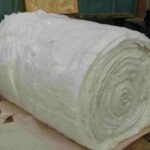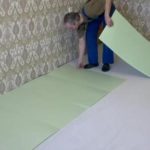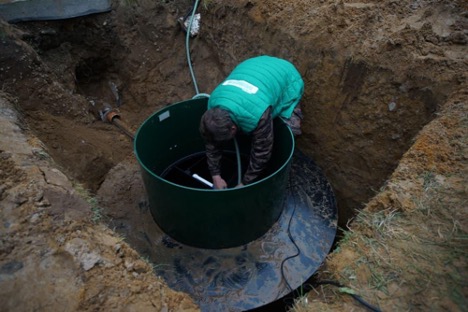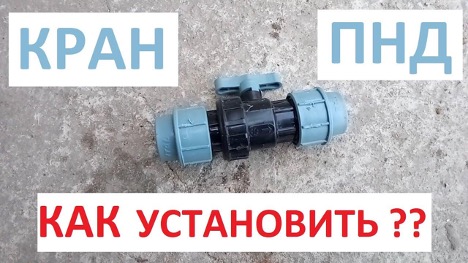How to attach insulation to the ceiling from the inside in a private house: a selection of fasteners and technologies
Maintaining a comfortable temperature inside a private home plays a key role in creating a cozy atmosphere. One of the important steps when insulating a house is attaching the insulation to the ceiling. In this article, we will look at various methods and technologies that will help you do this efficiently and reliably.
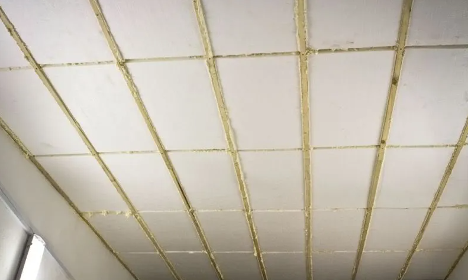
The content of the article
- How to attach insulation to the ceiling: choosing a method
- How to fix insulation to the ceiling from the inside: step-by-step instructions
- How to attach insulation to the ceiling: choice of materials
- Insulation of a concrete ceiling: features
- How to glue mineral wool to the ceiling: choice of glue
- Results
How to attach insulation to the ceiling: choosing a method
Before you begin, it is important to choose the appropriate method for attaching the insulation to the ceiling. There are several main ways:
- Special fasteners are used, such as screws, dowels or nails. This method is suitable for various types of insulation, including mineral wool and mineral wool.
- To attach the insulation to the ceiling, you can use special adhesives. They ensure reliable and uniform adhesion of the material to the surface.
- Anchors and dowels are often used to insulate concrete ceilings. They securely fix the insulation and ensure durability of the fastening.
How to fix insulation to the ceiling from the inside: step-by-step instructions
The appropriate method for attaching insulation depends on the type of material you are using. Here are step-by-step instructions on how to attach mineral wool to the ceiling from the inside:
- Make sure the ceiling is clean and dry. Remove any old coverings or debris.
- Decide which method you will use to attach the mineral wool. This may be mechanical fastening, the use of glue or anchors.
- Determine the required dimensions of the mineral wool and mark the mounting points on the ceiling.
- Follow the chosen fastening method, ensuring that the insulation is evenly and securely fastened.
- After fastening, additional processing can be performed, for example, installing finishing materials.
How to attach insulation to the ceiling: choice of materials
The first step is to determine the type of insulation you are going to use. Different insulation materials may require different fastening methods. For example, for mineral wool or mineral wool, mechanical fastening using self-tapping screws or dowels is often used. For insulation based on polystyrene foam or polyurethane foam, adhesive compositions can be used.
Consider the material of your ceiling and its features. If it is a concrete ceiling, then more powerful fastening may be required, such as the use of anchors and dowels. For wood ceilings, mechanical fastening or special wood fasteners may be suitable.
The fastening of insulation can also affect its thermal insulation properties. It is important to choose a method and materials so that they do not create cold bridges and ensure uniform insulation of the entire ceiling surface.
List of recommended materials for attaching insulation to the ceiling:
- Ideal for mechanical fastening of insulation based on mineral wool, mineral wool and other materials.
- Excellent for attaching foam or polyurethane foam insulation. Provides reliable adhesion and tightness.
- Necessary when working with concrete ceilings. Provide strong fastening and stability of the insulation.
Choosing the right materials for attaching insulation to the ceiling plays an important role in the effectiveness of insulation and the durability of the attachment. In this case, the type of insulation and the characteristics of the ceiling surface should be taken into account.

Insulation of a concrete ceiling: features
Insulation of a concrete ceiling in a private house is an important stage of work, which provides not only comfort, but also energy savings. However, this process has its own characteristics that must be taken into account.
- One of the key features of concrete ceiling insulation is the need for careful surface preparation. Concrete must be clean and dry. It is important to remove all visible defects and damage, such as cracks or chips, before proceeding with insulation.
- When choosing insulation, you should take into account that it will take up a certain space under the ceiling. This may affect the height of the room. Therefore, it is important to calculate the thickness of the insulation so that it meets the requirements for thermal insulation, but does not reduce the height of the room too much.
- To insulate a concrete ceiling, you can use different fastening methods, such as mechanical fastening, glue or anchors. The characteristics of the concrete ceiling may influence the choice of method. For example, if there is reinforcement in concrete, a specific approach to fastening may be required.
Insulation of a concrete ceiling requires a careful approach and knowledge of the characteristics of materials and working methods. Properly performed insulation will ensure the durability and effectiveness of the thermal insulation of your home.
How to glue mineral wool to the ceiling: choice of glue
When choosing an adhesive for attaching mineral wool to the ceiling, it is necessary to consider several key factors to ensure reliable and durable fastening of the insulation. It is important to choose an adhesive that will provide excellent adhesion of the mineral wool to the ceiling and effective thermal insulation.
There are several types of glue suitable for attaching mineral wool. One of the most common options is silicone-based glue. It provides excellent adhesion and is resistant to moisture, which is important for insulating ceilings. In addition, you can use mounting adhesive designed specifically for installing insulation.
When choosing an adhesive, compatibility with materials must be taken into account. Make sure that the glue is suitable for mineral wool and ceiling materials on which insulation will be made. This will help avoid peeling problems and ensure a secure fit.
Glue can also affect the thermal insulation properties of mineral wool. Choose an adhesive that will not impair the thermal insulation of the insulation and will not create cold bridges. Contact the adhesive manufacturer or specialists for recommendations regarding its effect on insulation.
List of recommended adhesives for gluing mineral wool to the ceiling:
- Silicone-based adhesive, ideal for insulating ceilings, is resistant to moisture and provides reliable fastening.
- Construction adhesive is specially designed for installing insulation and provides excellent adhesion to the surface.
- Contact the manufacturer of your mineral wool for recommendations on choosing the appropriate adhesive, taking into account the specific type of insulation.
The choice of suitable adhesive plays an important role in the process of insulating the ceiling. Reliable fastening will provide effective thermal insulation and create comfortable conditions in your private home.
Results
Insulation of the ceiling in a private house is a key stage of work, undoubtedly important for ensuring not only comfort, but also significant savings in energy resources. However, choosing the optimal method and suitable materials depends directly on the unique conditions and specific requirements of each homeowner. Therefore, strict adherence to recommendations and instructions, as well as the use of only reliable materials, is very critical. This is the only way to ensure the most effective insulation and create a cozy and warm space in your home, where comfort becomes an integral part of your daily life.

